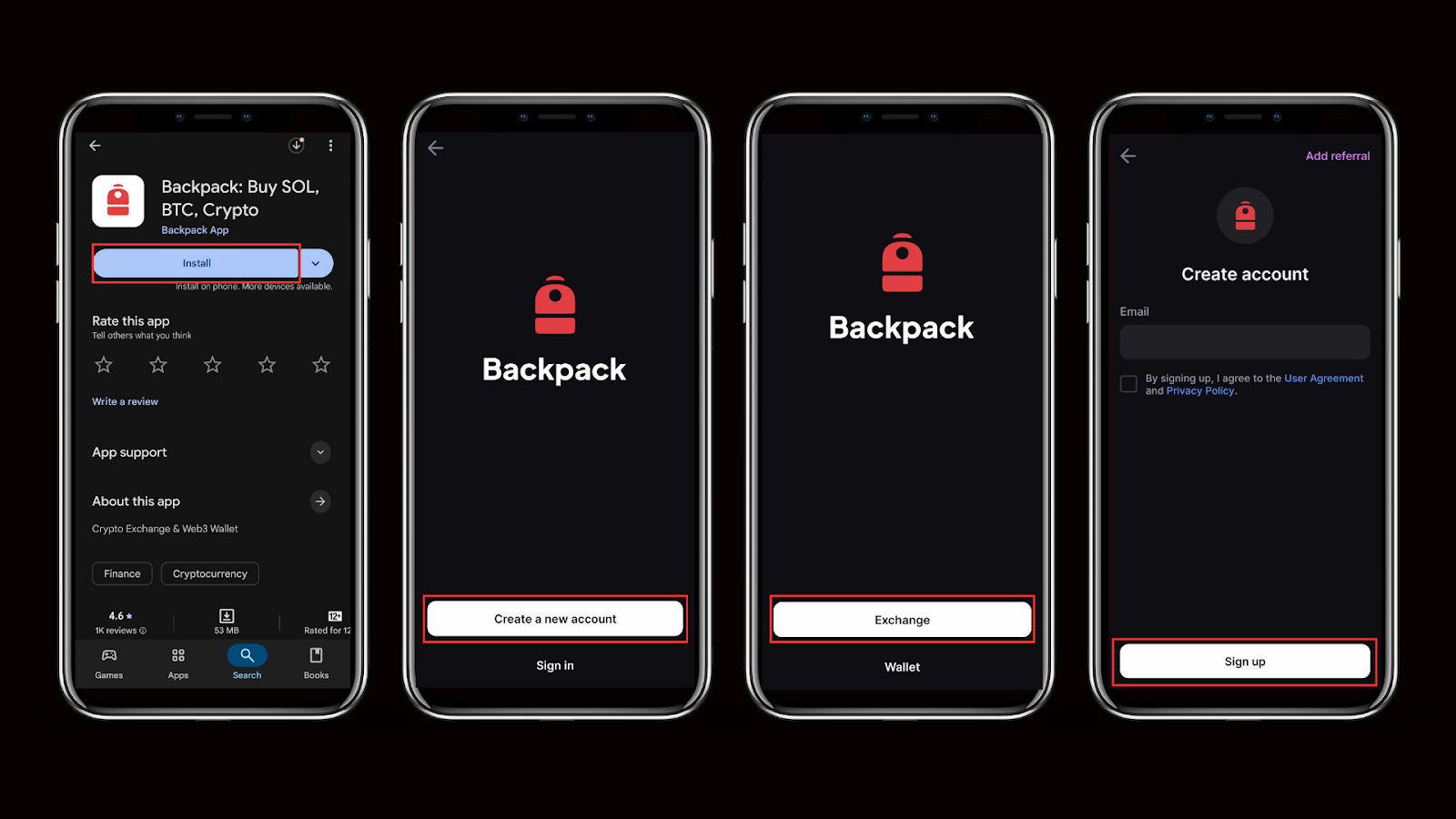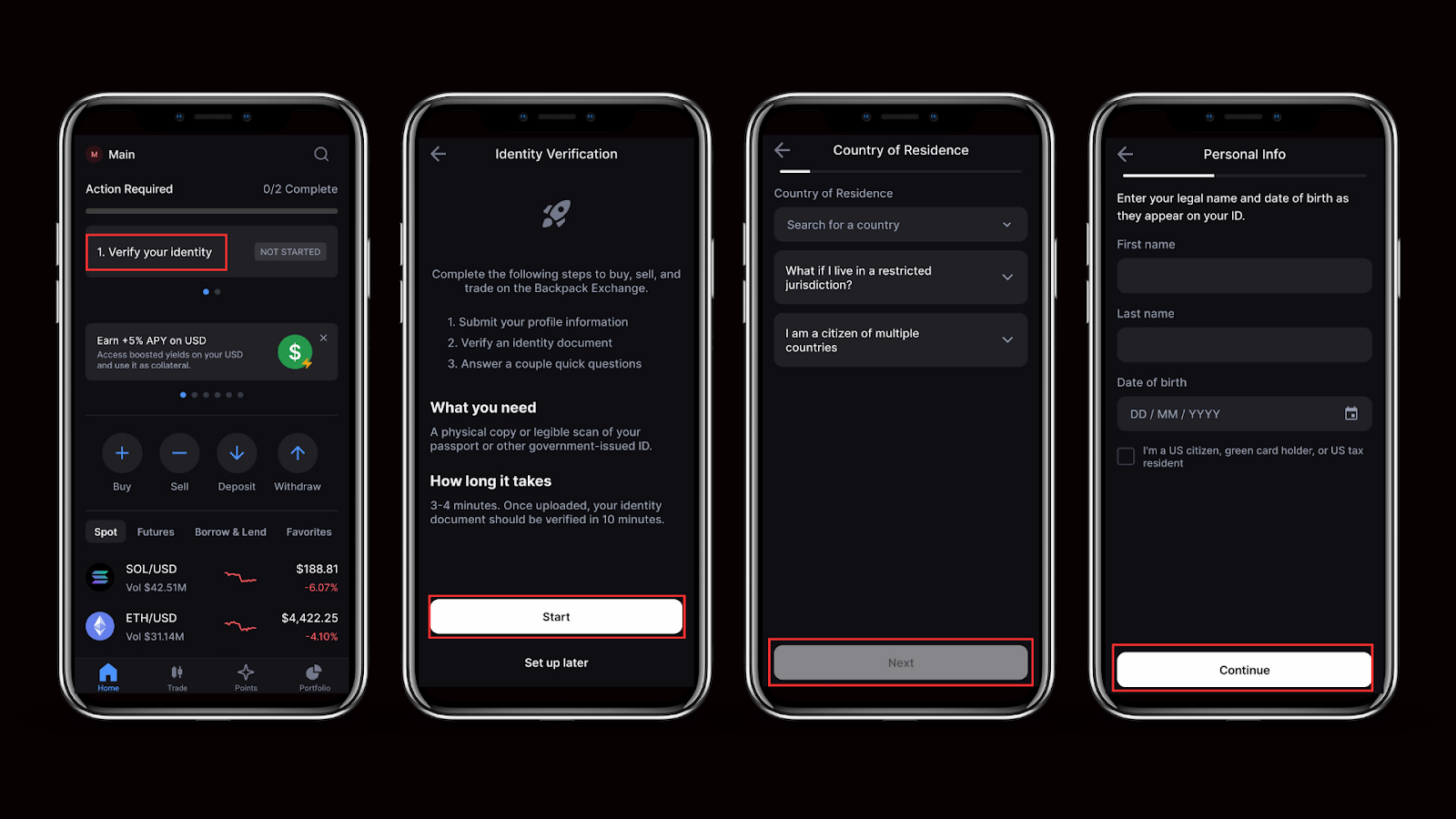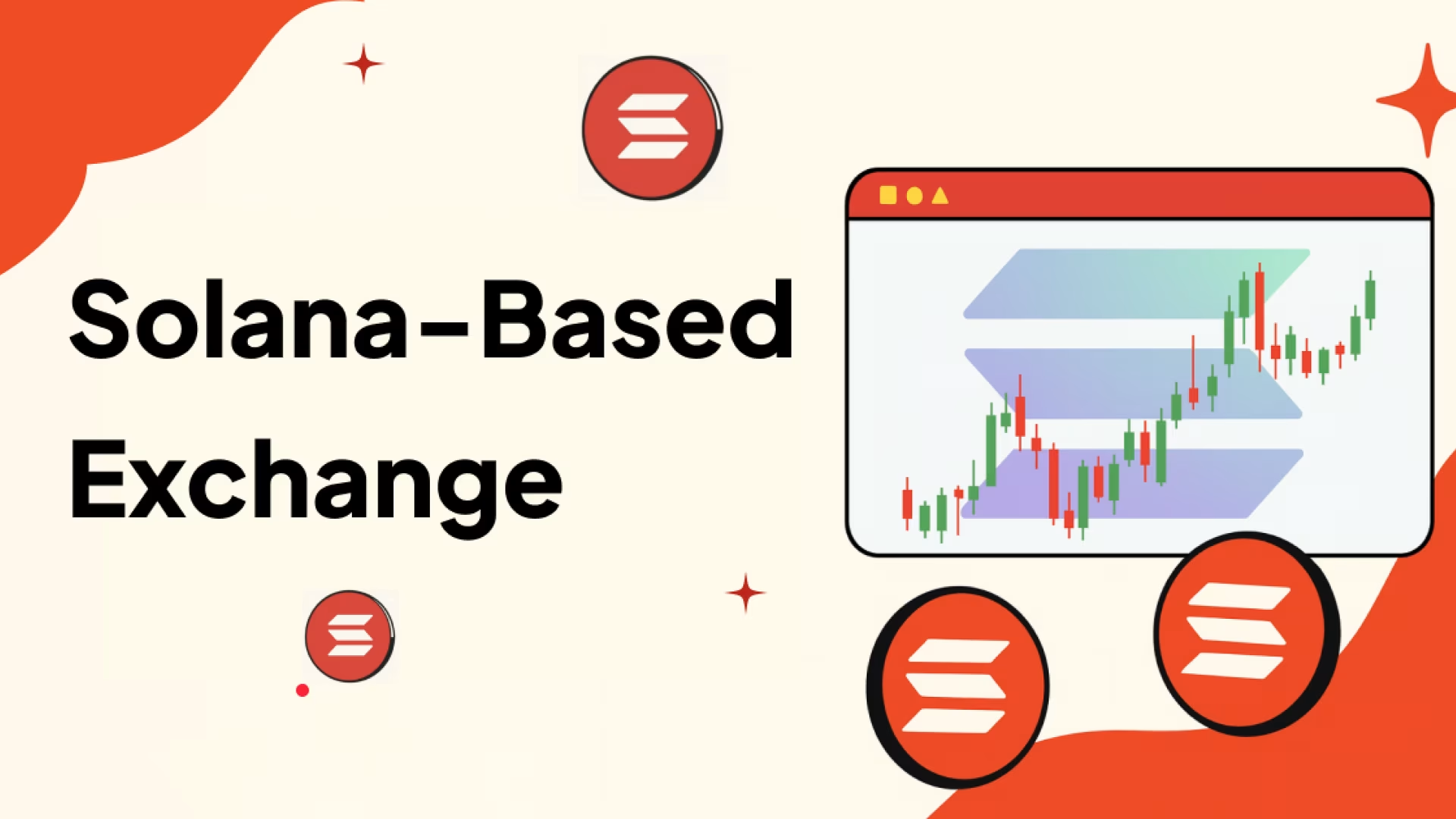Why Trade on a Solana-Based Exchange?
Solana-based exchanges are redefining crypto trading with speed, low fees, and DeFi integration. Built on Solana’s high-performance blockchain, using Proof of History (PoH) and Proof of Stake (PoS), these exchanges process thousands of transactions per second with near-instant settlement and fees often below a cent.
As traders seek faster, cheaper, and more decentralized platforms, Solana offers a next-gen solution that rivals traditional finance in efficiency.
This guide explores what Solana-based exchanges are, why they’re unique, their key benefits, and how to start trading on them.
What Is a Solana-Based Exchange?
A Solana-based exchange is a trading platform that operates directly on the Solana blockchain, designed for fast, low-cost, and transparent digital asset trading. Unlike traditional exchanges that rely on slower or more expensive networks, Solana exchanges use PoH and PoS to confirm transactions in under a second and maintain extremely low fees.
These exchanges support SPL tokens (Solana’s native token standard) and integrate seamlessly with wallets, DeFi apps, and on-chain tools.
By running natively on Solana, they provide efficient trade execution, on-chain verification, and direct access to the broader Solana ecosystem.
Why Trade on a Solana-Based Exchange?
Traders choose Solana-based exchanges for their efficiency, cost savings, and strong ecosystem integration. They offer a smoother trading experience that appeals to both retail and professional users looking for speed, liquidity, and flexibility.
Here’s why many traders prefer Solana-based exchanges:
- Low trading costs: Fees are among the lowest in crypto, allowing frequent and small-volume trades without heavy gas expenses.
- Instant execution: Orders confirm almost immediately, reducing slippage and improving entry accuracy.
- Deep liquidity access: Solana’s growing DeFi network aggregates liquidity across multiple platforms, ensuring competitive pricing.
- Unified ecosystem: Wallets, DeFi apps, and token markets connect seamlessly, eliminating complex bridging or cross-chain steps.
- Consistent performance: Even during high activity, Solana maintains stable transaction times and low failure rates.
- Expanding opportunities: With more exchanges, tokenized assets, and DeFi integrations launching on Solana, traders gain exposure to a fast-evolving market.
In short, Solana-based exchanges give traders a balance of speed, reliability, and opportunity, all within a unified on-chain environment.
Key Benefits of Trading on a Solana-Based Exchange
Speed: Solana processes thousands of transactions per second with sub-second confirmation, giving traders near-instant execution and minimal slippage.
Low Fees: Average transaction costs are typically under $0.01, making Solana one of the most affordable blockchains for active and automated trading.
Liquidity Access: Aggregators like Jupiter and AMMs such as Raydium or Orca combine liquidity across Solana’s DeFi ecosystem, helping traders achieve the best prices with low slippage.
Ecosystem Integration: Because all Solana apps share the same token standard (SPL), users can trade, lend, and stake within one network, no bridges or extra steps required.
Scalability: Solana’s Sealevel engine runs many smart contracts in parallel, keeping the network fast and reliable even during peak demand.
Risks and Trade-Offs
While Solana-based exchanges deliver speed and affordability, traders should understand potential challenges:
- Network Congestion and Outages: Solana has experienced temporary slowdowns during high demand.
- Centralization Concerns: Running a validator requires high hardware specs, which can limit decentralization.
- Smart Contract Risks: As with all DeFi ecosystems, vulnerabilities or unaudited tokens can pose risks.
- Bridge and Custody Risks: Cross-chain bridges are common exploit targets; use verified protocols only.
- Market Volatility: SPL token and SOL prices can be highly volatile, amplifying both gains and losses.
Solana vs Other Chains
Solana’s trading ecosystem stands out for its speed, cost efficiency, and scalability, but understanding how it compares with other major blockchains helps traders choose the right platform for their needs.
Summary:
Speed and Fees: Solana remains one of the fastest and most cost-efficient blockchains for on-chain trading.
Ecosystem: Ethereum offers greater maturity, but Solana’s DeFi and NFT sectors are expanding rapidly.
Reliability: Ethereum still leads in uptime, though Solana’s recent upgrades have reduced downtime significantly.
Scalability: Solana’s on-chain scaling through parallel processing removes reliance on rollups or L2s.
How to Start Trading on a Solana-Based Exchange
To experience the advantages of Solana trading: speed, low fees, and native DeFi access, Backpack Exchange is one of the best platforms to start with.
Built directly on Solana, Backpack combines institutional-grade security with a simple interface, making it one of the best crypto exchanges of 2025 for both new and professional traders.
Step 1: Create and Verify Your Account
- Visit Backpack Exchange on desktop or download the mobile app on iOS or Android.
- Click Sign Up, then enter your email address or mobile number and create a secure password.
- Verify your account using the 6-digit code sent to your email.
- Complete identity verification (KYC) for full platform access — including deposits, USD withdrawals, and higher trading limits.


Step 2: Fund Your Account
Click “Deposit” on your Backpack dashboard and choose USD or SOL.
- USD deposits: Use a wire transfer (no fees, 1–3 days) or debit card (instant, small fee).
- SOL deposits: Copy your Solana deposit address and send funds from your wallet, or buy SOL directly on Backpack with a card in supported regions.
Step 3: Explore Trading Pairs
Backpack supports both Spot and Perpetual (Perp) trading.
- Spot trading: Buy and sell tokens like SOL/USDC, BONK/USDC, and JUP/USDC.
- Perpetual futures: Trade contracts with leverage for advanced strategies.
The trading interface offers live charts, order books, and quick execution powered by Solana’s sub-second settlement.
Step 4: Place a Trade
- Go to the Trade tab and select your desired pair.
- Choose between a Market Order (instant execution) or a Limit Order (custom price).
- Review and confirm your order, execution is nearly instant thanks to Solana’s speed.
Step 5: Manage Your Portfolio
Monitor your open orders, trade history, and balances in the Portfolio section.
Backpack’s dashboard gives real-time performance tracking and allows users to create subaccounts for different trading strategies.
Step 6: Withdraw or Continue Trading
You can withdraw at any time:
- Crypto withdrawals: Send assets to your Backpack Wallet or another Solana wallet for secure custody and easy DeFi access.
- Fiat withdrawals: Transfer USD to your verified bank account (available in supported regions).
Holding assets in the Backpack Wallet allows seamless participation across the Solana ecosystem, from DeFi protocols to xNFTs.
Why Choose Backpack Exchange
- Solana-native performance: Built for ultra-fast, low-cost trading.
- Trusted and regulated: Licensed by VARA (Dubai) and CySEC (EU), under MiFID II compliance.
- User-friendly design: Clean interface for beginners and pros alike.
- Security-first: Verified proof-of-reserves and audited infrastructure.
- Growing ecosystem: Integrated with Backpack Wallet and Solana DeFi.
- Season 3 Rewards: Every trade counts toward Season 3: “Volume Is King.” The more you trade, the more points you earn. Climb the leaderboard, unlock higher badges, and boost your chances of future airdrops.
Tips for Choosing the Right Exchange
When choosing where to trade, focus on these essentials:
- Security and Regulation: Use exchanges that are licensed, audited, and transparent about their reserves. This ensures safer custody of your assets.
- Liquidity and Volume: High-volume platforms provide tighter spreads and faster order execution, which is crucial for active traders.
- Fees and Costs: Compare maker/taker fees, withdrawal costs, and deposit options. Solana-based exchanges generally offer some of the lowest transaction fees in crypto.
- User Experience: A clean interface and stable performance make trading easier, especially during volatile markets.
- Ecosystem Integration: Choose platforms that connect smoothly with Solana wallets and DeFi protocols for seamless token management.
Evaluating these factors helps you find an exchange that suits your goals while maximizing Solana’s performance advantages.
Conclusion
Solana-based exchanges combine speed, scalability, and affordability, redefining what’s possible in on-chain trading. With near-instant settlement, minimal fees, and deep DeFi integration, Solana has become one of the most efficient environments for both casual and professional traders.
Whether you’re trading on a centralized platform or exploring Solana’s DeFi ecosystem, the key advantages remain the same, fast execution, low costs, and seamless composability. As the ecosystem grows and global adoption expands, Solana-based exchanges continue to set a new benchmark for blockchain trading performance.
Before you start, create an account on Backpack Exchange, connect your Backpack Wallet, and always check token prices before you trade to make the most of Solana’s speed and efficiency.
Learn more about Backpack
Exchange | Wallet | Twitter | Discord
Disclaimer: This content is presented to you on an “as is” basis for general information and educational purposes only, without representation or warranty of any kind. It should not be construed as financial, legal or other professional advice, nor is it intended to recommend the purchase of any specific product or service. You should seek your own advice from appropriate professional advisors. Where the article is contributed by a third party contributor, please note that those views expressed belong to the third party contributor, and do not necessarily reflect those of Backpack. Please read our full disclaimer for further details. Digital asset prices can be volatile. The value of your investment may go down or up and you may not get back the amount invested. You are solely responsible for your investment decisions and Backpack is not liable for any losses you may incur. This material should not be construed as financial, legal or other professional advice.



